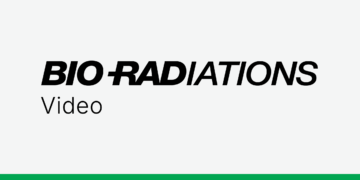
Attaching a Dynaloop to the NGC™ Chromatography System
This video describes the three main steps in attaching a DynaLoop Sample Loop to the NGC™ Chromatography System to enable the injection of larger sample volumes: connecting the DynaLoop Sample Loop to the NGC Chromatography System, priming the DynaLoop Sample Loop, and creating a method in ChromLab™ Software.

Calibrating the pH Valve on the NGC™ Chromatography System
The NGC pH valve provides real-time, in-line monitoring of buffer pH. In this video, you’ll learn how to connect the pH valve to the NGC System, add it to the flow path, and calibrate the valve using buffers at two different pH values. Features of the pH valve include accessible calibration ports and easy bypass of the probe when the NGC System is being cleaned.

Removing Air Bubbles from the NGC™ Chromatography System
This video explains how to remove bubbles and/or reduce bubble formation in your NGC System. Tips to reduce bubbles include warming up your multiwave detector for 30 to 60 min before use and flowing buffer at 0.1–0.2 ml/min in the manual mode until a stable/flat baseline is achieved before starting a method. The system may also be flushed with 100% methanol or ethanol at purge speed, with columns out of line, to remove bubbles.

Using the Air Sensor on the NGC™ Chromatography System
This video describes the functions of the Air Sensor Module and how to connect it to the NGC Chromatography System. The NGC Air Sensor senses the end of sample or buffer and prevents the introduction of air into the system, which can damage columns and/or incur the loss of precious samples. Both small and large air sensors are available to fit the tubing being used. Steps for connecting the Air Sensor Module and associated air sensors are described including how to add the air sensors into the system flow path using ChromLab™ Software and the differences in using the air sensors in manual vs. method modes.

Four Tips for Developing a Sample Prep Protocol for SDS-PAGE or Chromatography
From making sure that your lysis buffer is compatible with your protein quantitation method to advice on when you do and don’t have to worry about proteases, we share helpful tips for developing a sample preparation protocol.

Five Tips for Picking the Right Cell Disruption Method for Protein Analysis
Sonicator or freeze-thaw? Detergent or enzymatic lysis? Find out how to pick the right cell disruption method for your experiment.
